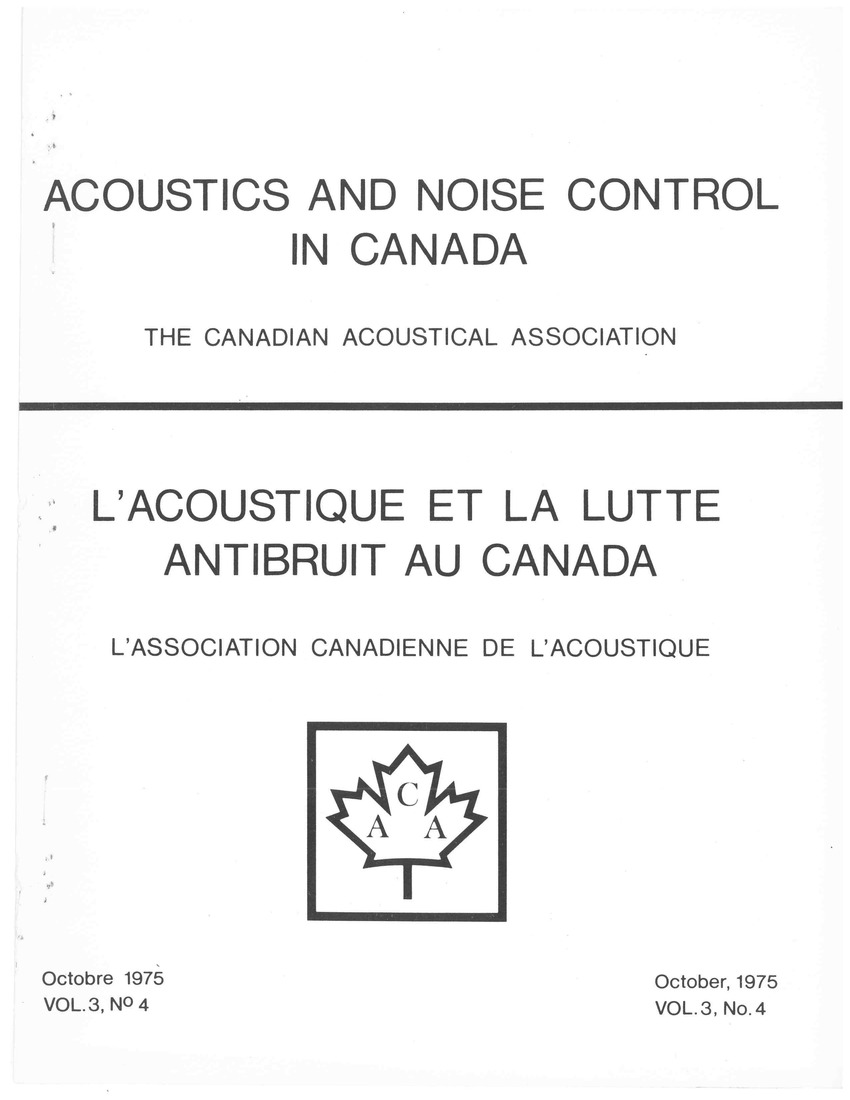Scattering of Sound Used to Study the Atmospheric Boundary Layer
Résumé
We are using the scattering of sound for the remote sensing of thermal turbulence in the atmosphere. Over the past several years an acoustic radar has been developed and operated at the University of Toronto to study the planetary boundary layer. We were one of the first groups to operate successfully in a noisy urban environment. A brief outline of the concept and technique of acoustic echo sounding will be given along with a discussion of some of our observations. In the past, the study of the planetary boundary layer (50 m — 1 km) of the atmosphere has been limited by the lack of access with direct access being limited to occasional baloon ascents or airplane traverses and in a few cases, to instrumented towers extending beyond 100 m. Recent advances in remote sensing techniques now allow us to remotely monitor parameters of the boundary layer on a continuous real time basis. Acoustic radar, FM-CW radar and lidar (laser radar) are the three techniques being most actively investigated and applied.Fichiers supplémentaires
Publié-e
Comment citer
Numéro
Rubrique
Licence
Author Licensing Addendum
This Licensing Addendum ("Addendum") is entered into between the undersigned Author(s) and Canadian Acoustics journal published by the Canadian Acoustical Association (hereinafter referred to as the "Publisher"). The Author(s) and the Publisher agree as follows:
-
Retained Rights: The Author(s) retain(s) the following rights:
- The right to reproduce, distribute, and publicly display the Work on the Author's personal website or the website of the Author's institution.
- The right to use the Work in the Author's teaching activities and presentations.
- The right to include the Work in a compilation for the Author's personal use, not for sale.
-
Grant of License: The Author(s) grant(s) to the Publisher a worldwide exclusive license to publish, reproduce, distribute, and display the Work in Canadian Acoustics and any other formats and media deemed appropriate by the Publisher.
-
Attribution: The Publisher agrees to include proper attribution to the Author(s) in all publications and reproductions of the Work.
-
No Conflict: This Addendum is intended to be in harmony with, and not in conflict with, the terms and conditions of the original agreement entered into between the Author(s) and the Publisher.
-
Copyright Clause: Copyright on articles is held by the Author(s). The corresponding Author has the right to grant on behalf of all Authors and does grant on behalf of all Authors, a worldwide exclusive license to the Publisher and its licensees in perpetuity, in all forms, formats, and media (whether known now or created in the future), including but not limited to the rights to publish, reproduce, distribute, display, store, translate, create adaptations, reprints, include within collections, and create summaries, extracts, and/or abstracts of the Contribution.


